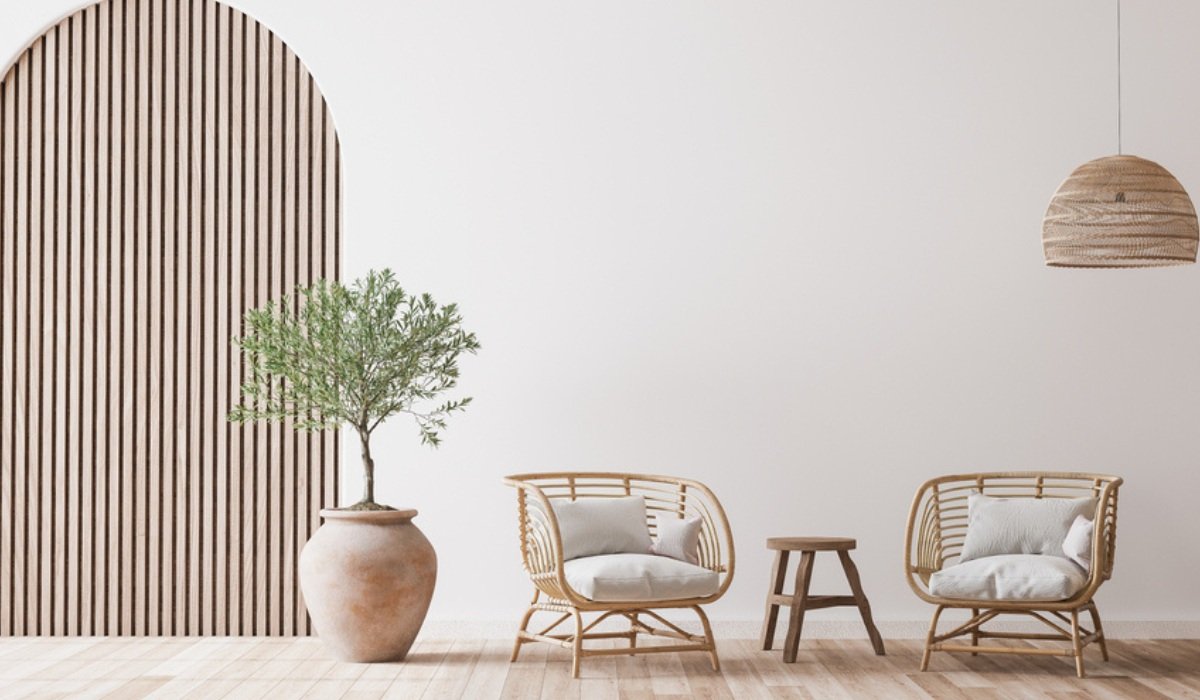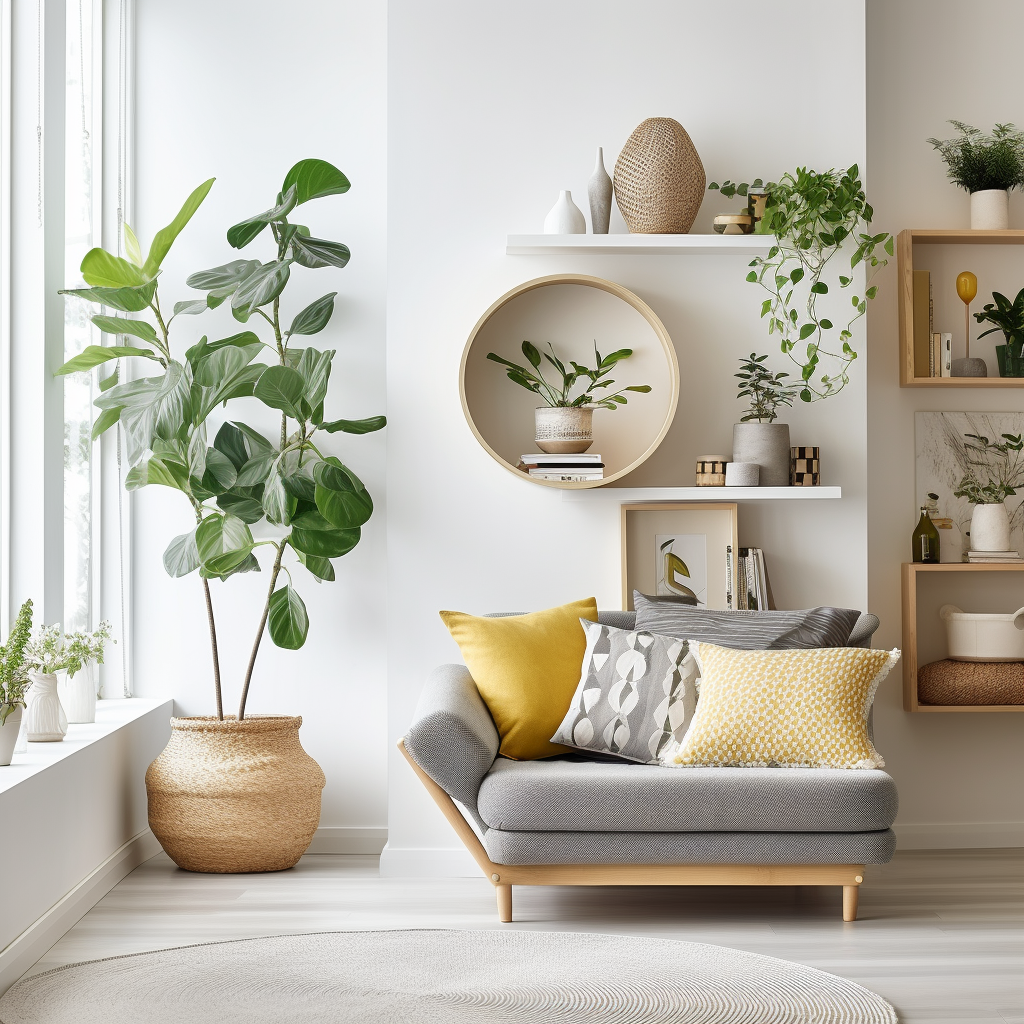Discover the Art of Dealing With an Interior Designer Miami
Why Understanding the Concepts of Interior Layout Is Vital for Effective Space Preparation
Understanding the principles of interior decoration is basic to effective area preparation, as it prepares for developing atmospheres that integrate functionality with visual charm. Essential aspects such as balance, proportion, and circulation are not simply decorative factors to consider; they are critical in optimizing exactly how a room is utilized. When these principles are attentively used, the result is an environment that urges both performance and well-being. Several forget how these concepts intertwine with functional applications, leading to missed out on possibilities in layout efficacy. Exploring this connection discloses insights that might transform any type of area.
Relevance of Area Preparation
Area planning is a fundamental facet of indoor style that substantially influences the functionality and appearances of a room. It includes the strategic plan of furnishings, fixtures, and architectural elements to optimize using readily available area while enhancing the overall user experience. Reliable area planning addresses numerous elements, including circulation, availability, and the specific demands of the passengers.
One of the primary advantages of space preparation is its capability to improve spatial effectiveness. Interior design studio Miami. By attentively organizing a design, designers can ensure that every location serves an objective, decreasing mess and promoting a feeling of order. Additionally, appropriate space planning cultivates a harmonious environment, permitting for seamless motion and communication within an area
Moreover, successful room planning takes into consideration natural light, sightlines, and the connection between various areas. This alternative approach not only boosts the visual charm but likewise adds to the well-being and productivity of the owners. Ultimately, a well-executed area strategy contributes in developing a well balanced and inviting environment, making it important for any type of interior decoration job.
Trick Concepts of Interior Style

One essential concept is equilibrium, which can be symmetrical, unbalanced, or radial. Balanced balance produces a feeling of order, while unbalanced equilibrium provides a much more vibrant aesthetic appeal. One more essential principle is percentage and range, guaranteeing that the dimension of furniture and style components connect sympathetically to each other and the overall area.
Shade concept additionally plays a significant role, affecting mood and understanding. Developers use shade schemes to stimulate details sensations and enhance the spatial experience. Additionally, the principle of rhythm involves creating a sense of movement through repeating of shapes, patterns, or colors, assisting the eye throughout the room.
Last but not least, the concept of focus guides interest to focal points, enabling for a clear narrative within the design. Interior architecture Miami. By sticking to these crucial principles, interior designers can develop settings that not just satisfy practical requirements but additionally resonate with the occupants on a psychological degree
Effect on Performance and Flow

The plan of furniture, the choice of materials, and the integration of technology all play critical duties in attaining ideal performance. For instance, placing seating locations in distance to work areas can help with communication and collaboration, thereby boosting performance. In addition, making certain that paths are clear and unobstructed permits efficient activity, minimizing congestion and advertising a natural circulation throughout the area.
Moreover, including aspects such as lighting and shade can better help in delineating areas, making it easier for people to navigate their environment. Thoughtful room planning takes into consideration not just the physical aspects of style yet likewise just how users engage with their surroundings. Eventually, a concentrate on performance and circulation not only boosts the user experience however additionally elevates the general performance of the area, developing an environment that satisfies the demands of its residents while cultivating a feeling of harmony and click here for info equilibrium.
Enhancing Looks and State Of Mind
Three crucial elements-- lighting, structure, and shade-- play crucial functions in enhancing the looks and mood of an indoor room. Shade develops the psychological tone; cozy hues like reds and oranges evoke energy and warmth, while cooler shades such as blues and eco-friendlies promote peace and tranquility. Selecting a harmonious color combination can transform a room, developing a aesthetically enticing and natural setting.
Texture adds depth and interest, adding to the responsive experience within an area. A mix of appearances-- smooth surface areas, luxurious materials, and natural materials-- can create aesthetic intrigue and boost comfort. Coupling a soft velour sofa with a sleek glass coffee table can develop a well balanced visual that invites communication.
Illumination, commonly an ignored element, significantly influences mood. All-natural light fosters an open, airy ambience, while tactically placed man-made lighting can develop warmth and emphasize architectural functions. Dimmer switches allow versatility, permitting for adjustments to fit numerous activities or times of day.
Including these three components thoughtfully not just boosts the visual charm of a space however additionally cultivates an environment that reverberates with its designated objective, eventually enriching the total experience for its residents.
Practical Applications in The Real World
Using interior decoration principles in reality needs a thoughtful technique that incorporates color, structure, and lights into daily rooms. By understanding exactly how these aspects function together, individuals can produce settings that are not only aesthetically enticing but harmonious my sources and likewise useful.
For circumstances, in a small living area, employing a light color combination can make the area really feel bigger and more open. Strategic use mirrors can enhance natural light and produce an illusion of depth. Integrating different structures via fabrics, such as paddings and carpets, can add heat and interest without overwhelming the detects.
Lights plays a vital duty in specifying the environment. Split illumination, containing ambient, task, and accent options, allows flexibility in mood settings. In a home workplace, as an example, a mix of all-natural light, desk lamps, and decorative fixtures can enhance performance while keeping a welcoming atmosphere.
Furthermore, comprehending spatial partnerships and furnishings setup can bring about enhanced performance. By adhering to concepts such as equilibrium and proportion, one can guarantee that spaces offer their designated purpose while remaining visually pleasing. Generally, sensible applications of indoor style principles significantly boost the livability and charm of any setting.
Final Thought
Finally, understanding the concepts of interior layout is crucial for reliable space preparation, as it promotes a balance in between capability and visual appeals. By using essential concepts such as percentage, color concept, and flow, designers can create atmospheres that boost both use and visual allure. Ultimately, this expertise adds to the growth of spaces that not just meet functional needs however additionally raise the overall environment, leading to even more enjoyable and effective experiences for customers.
Understanding the principles of indoor design is essential to reliable room planning, as it lays the foundation for visit our website creating atmospheres that integrate functionality with aesthetic charm.Room planning is an essential element of indoor design that substantially affects the capability and aesthetic appeals of a room. Additionally, appropriate area preparation cultivates a harmonious environment, allowing for seamless motion and communication within a room.
In addition, the principle of rhythm involves creating a sense of motion via rep of forms, patterns, or colors, guiding the eye throughout the space.
In final thought, recognizing the concepts of interior layout is important for effective space planning, as it fosters an equilibrium between functionality and looks.